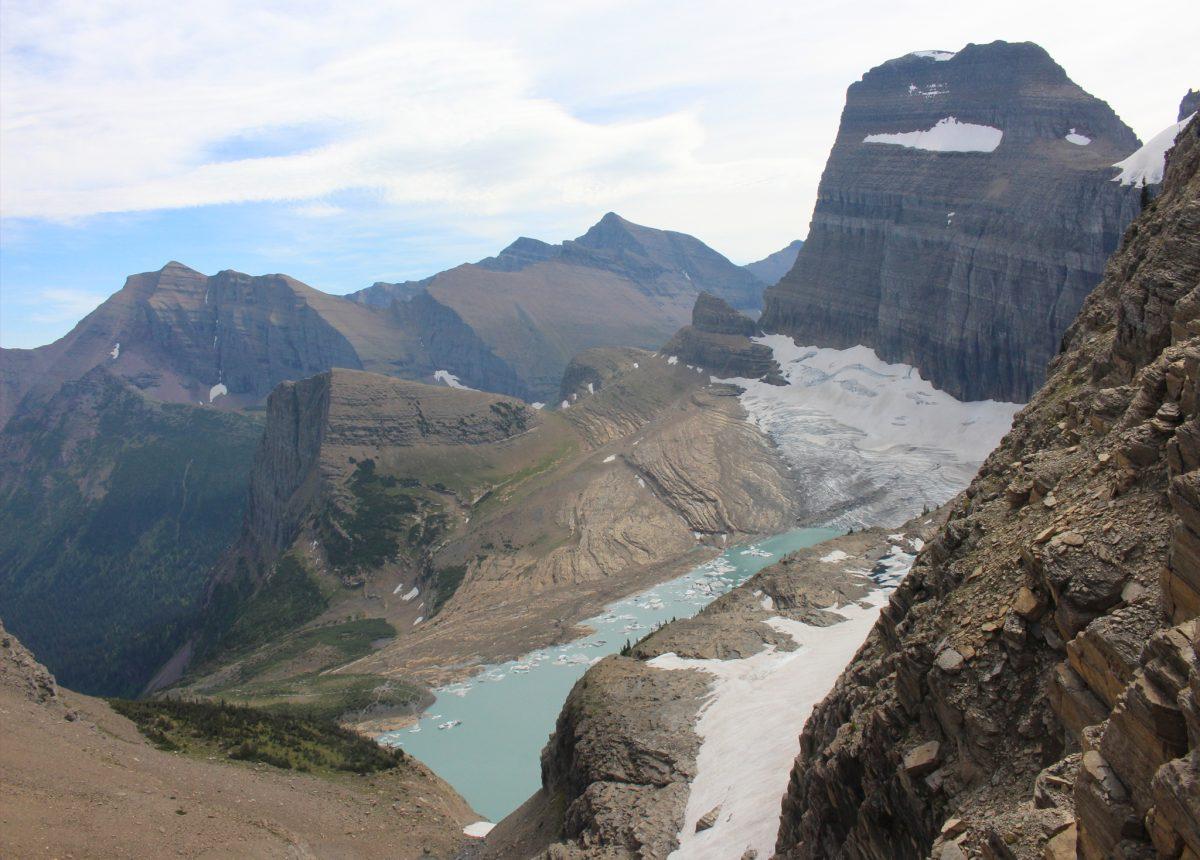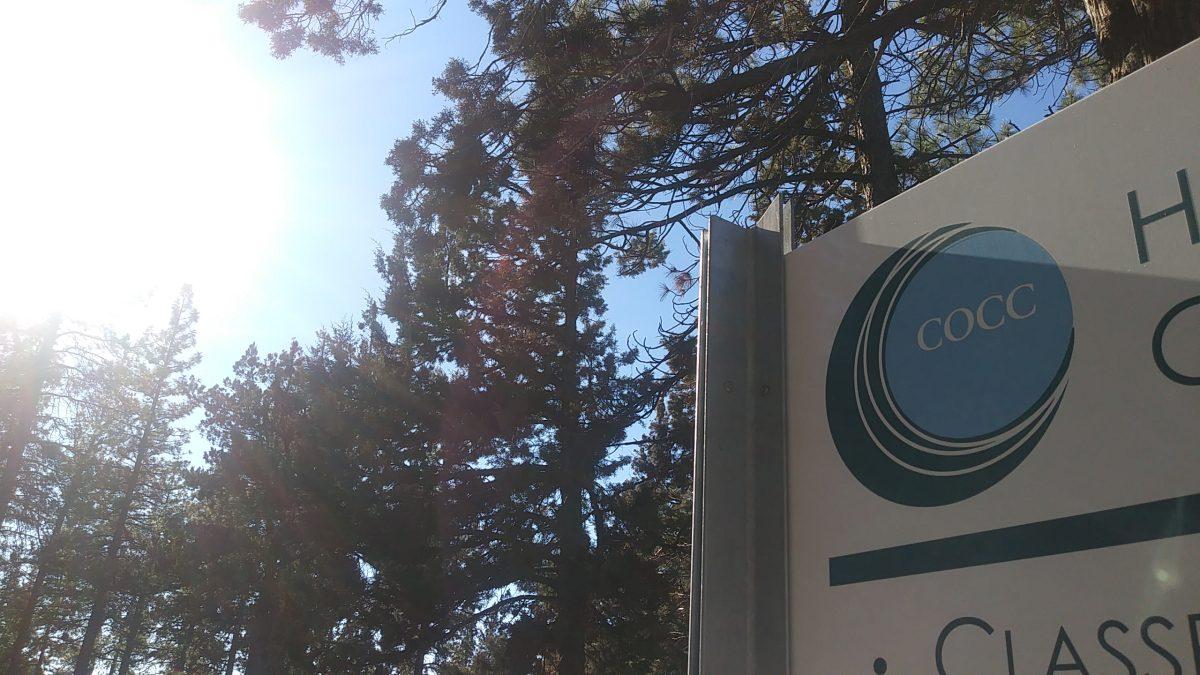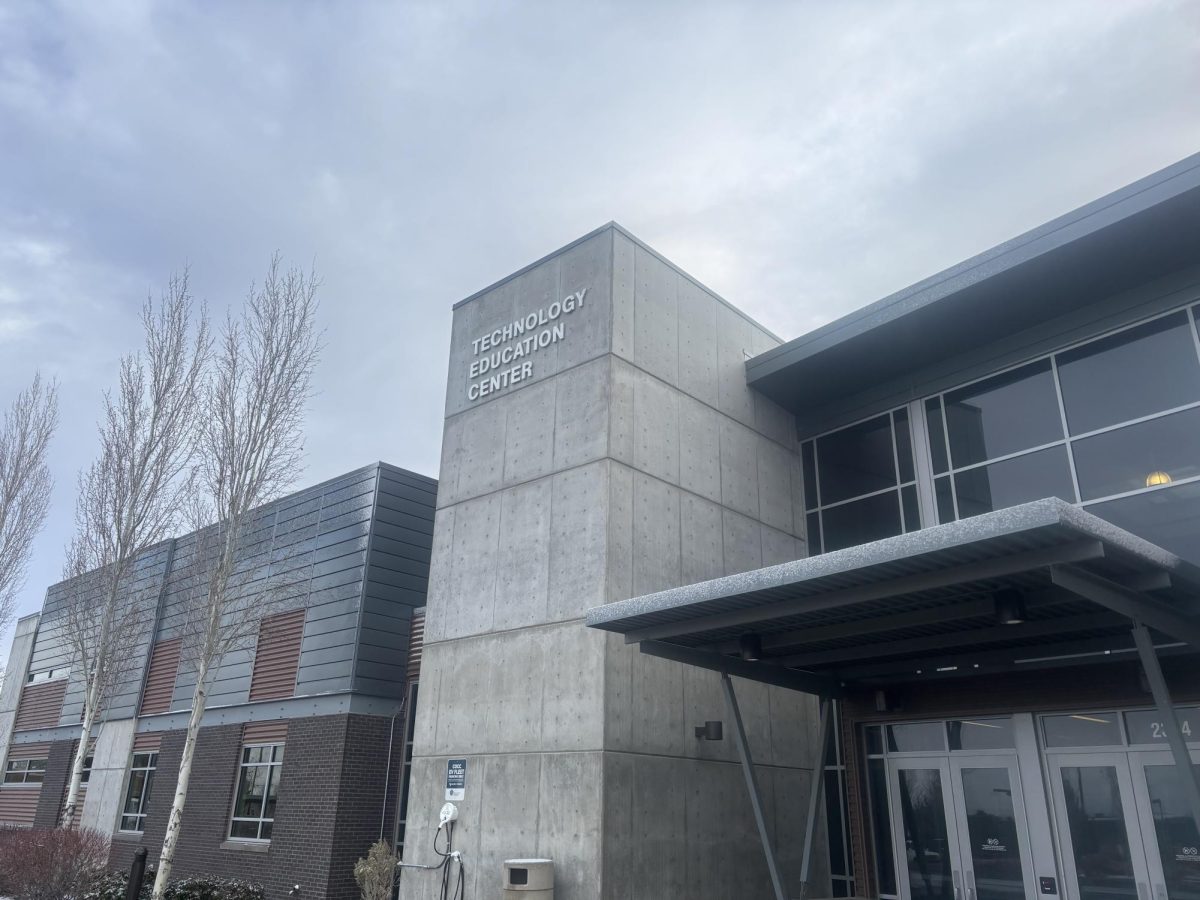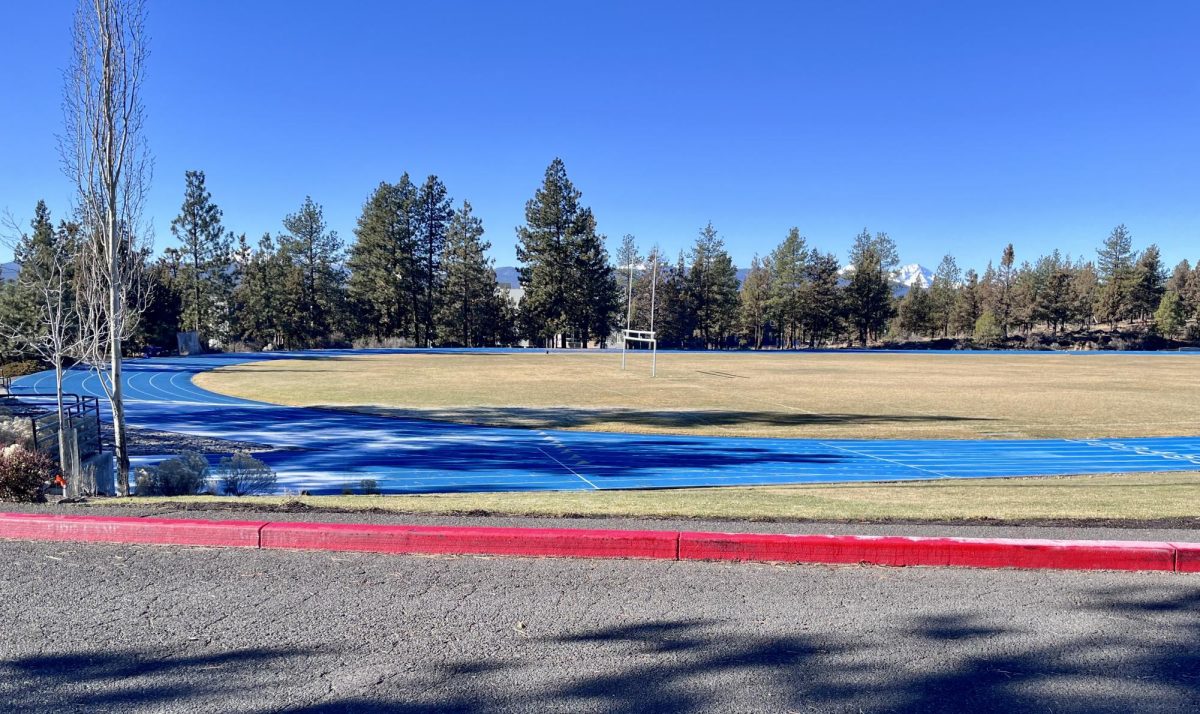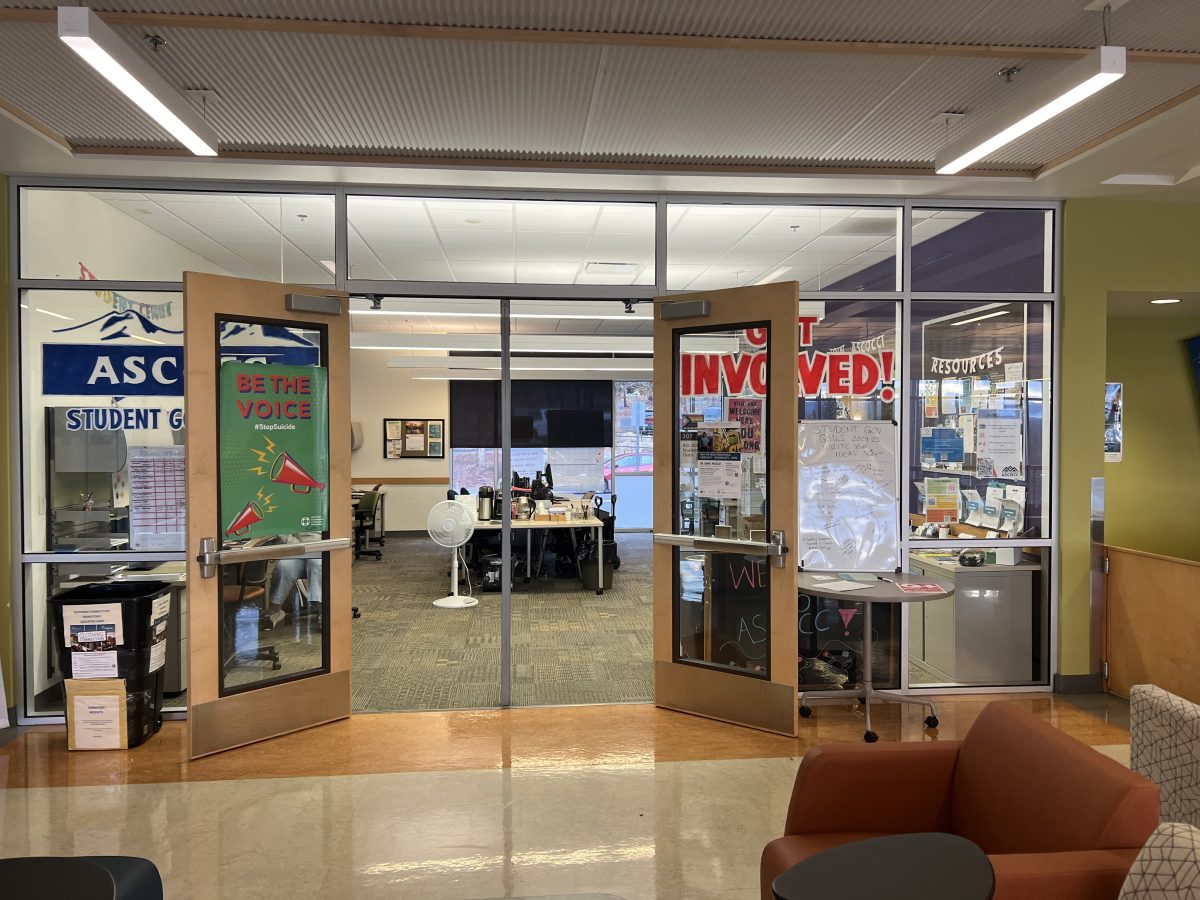By Carl Swanson | The Broadside (Contact: [email protected])
A Glacier is formed when an area receives more snowfall during the winter then melts during the summer. As the snow accumulates, it keeps freezing and thawing, becoming granular ice. As those layers build up, the ice recrystallizes and becomes denser, which eventually forms a massive ice sheet.
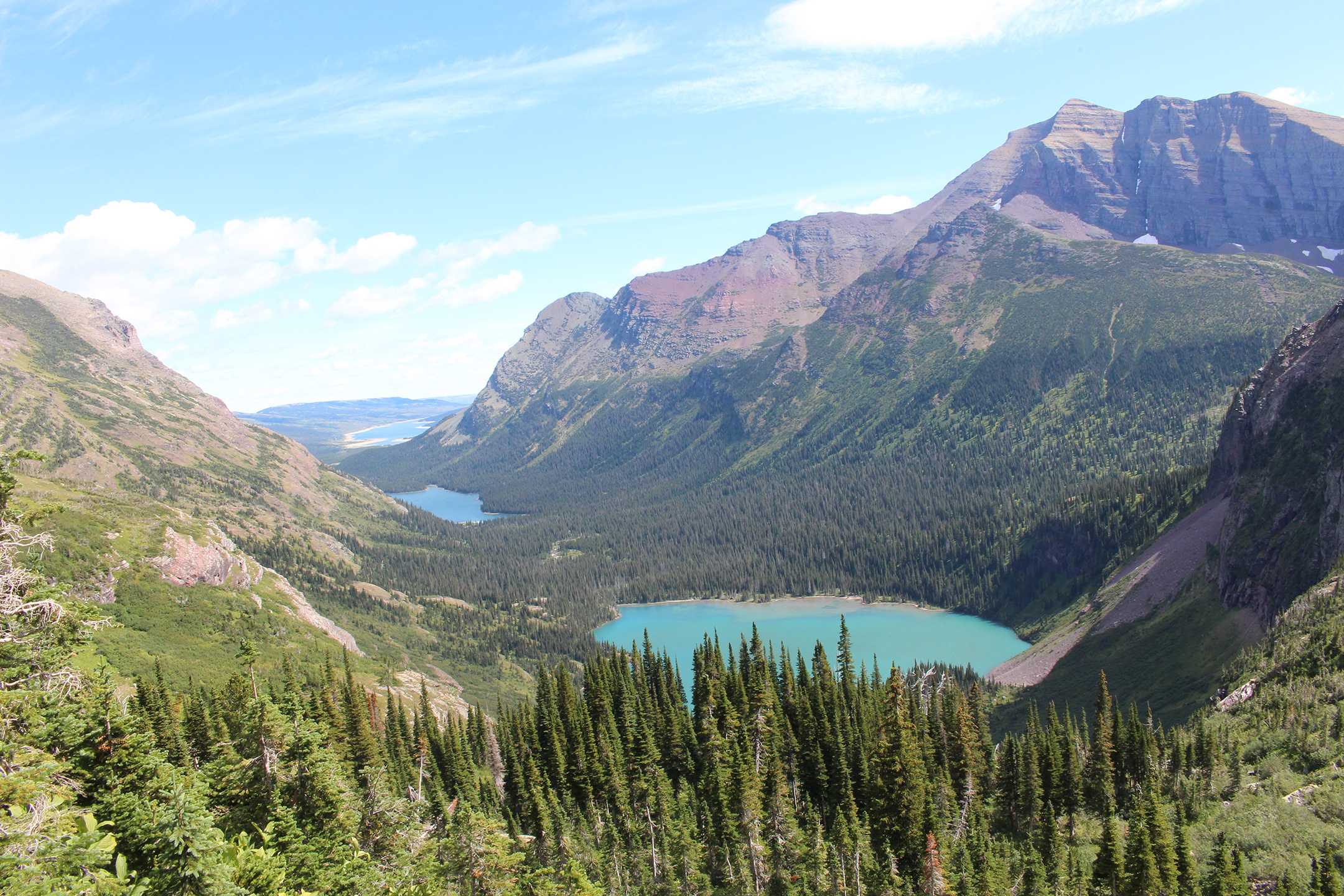
Glaciers are usually formed at high elevation, typically in armchair-shaped geological features such as a depression between mountains, enclosed by aretes called a cirque. Glaciers collect and compress the snow that falls into it.
To be called a glacier, the ice needs to be at least 66 feet deep, cover an area of at least 25 acres, and be able to move. For the glacier to move, the ice near the surface needs be hard and brittle. Due to the pressure of the ice above, the ice at the bottom becomes flexible allowing the glacier to move.
Glaciers form u-shaped valleys by melting during the summer and freezing during the winter. This cycle occurs at the bottoms of the glacier when the glacier melts and all of the water runs into all the cracks and crevices in the rocks. This water will then it freeze and expand, chipping away at the rocks and forming u-shaped valleys and sheer walls.
As the glacier moves it can crack rocks off of the sides and the bottom of valleys. The rocks then freeze into the glacier which can cause it to act like sandpaper. The rocks will smooth off the rough edges of the sides of the valleys and bottom making u-shaped valleys, sharp peaks, and lake-filled basins.
Broken Top, a popular destination spot in the summer for hiking, has over 30 snow and ice features with two named glaciers, according to “Glaciers of the American West.” There are many well-known glaciers in our own backyard known as the Cascade Mountain Range to visit and learn about. ■


